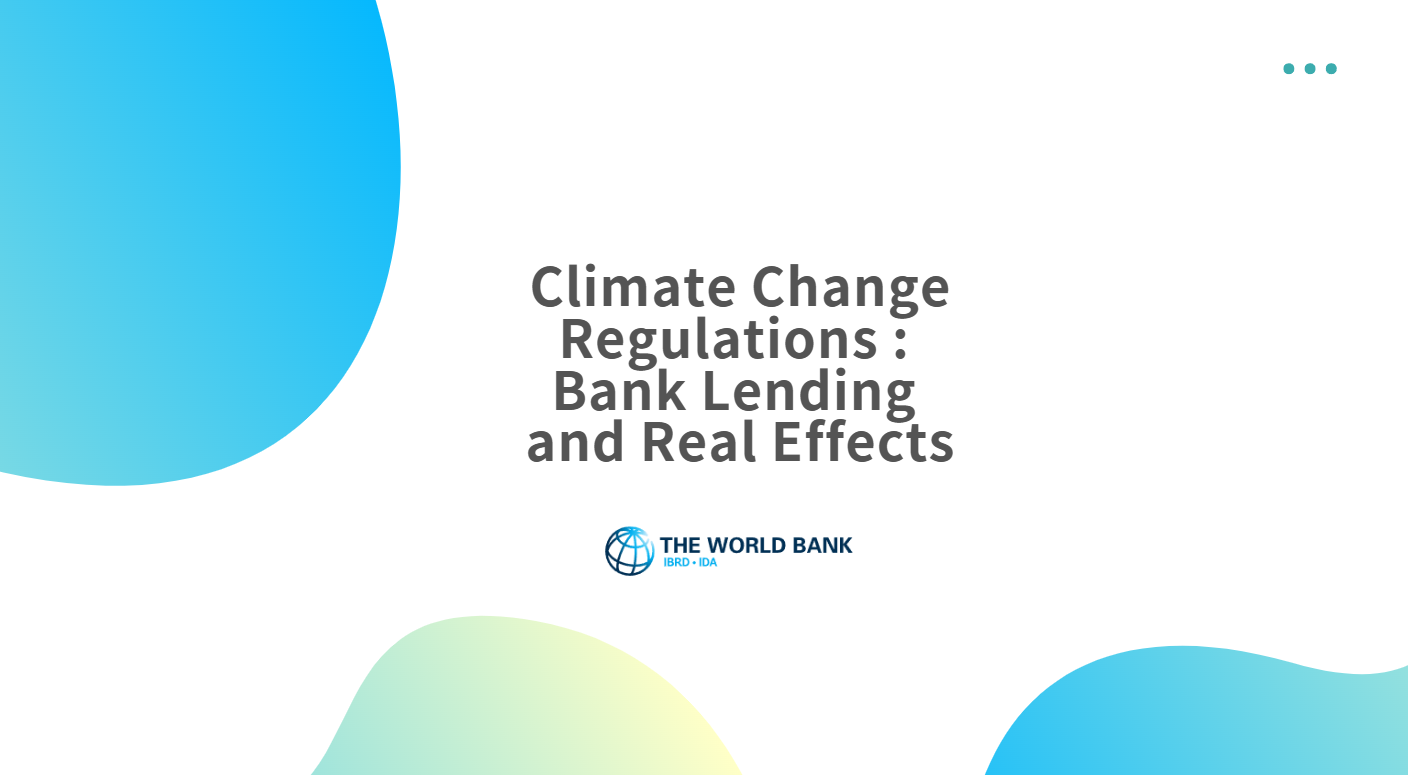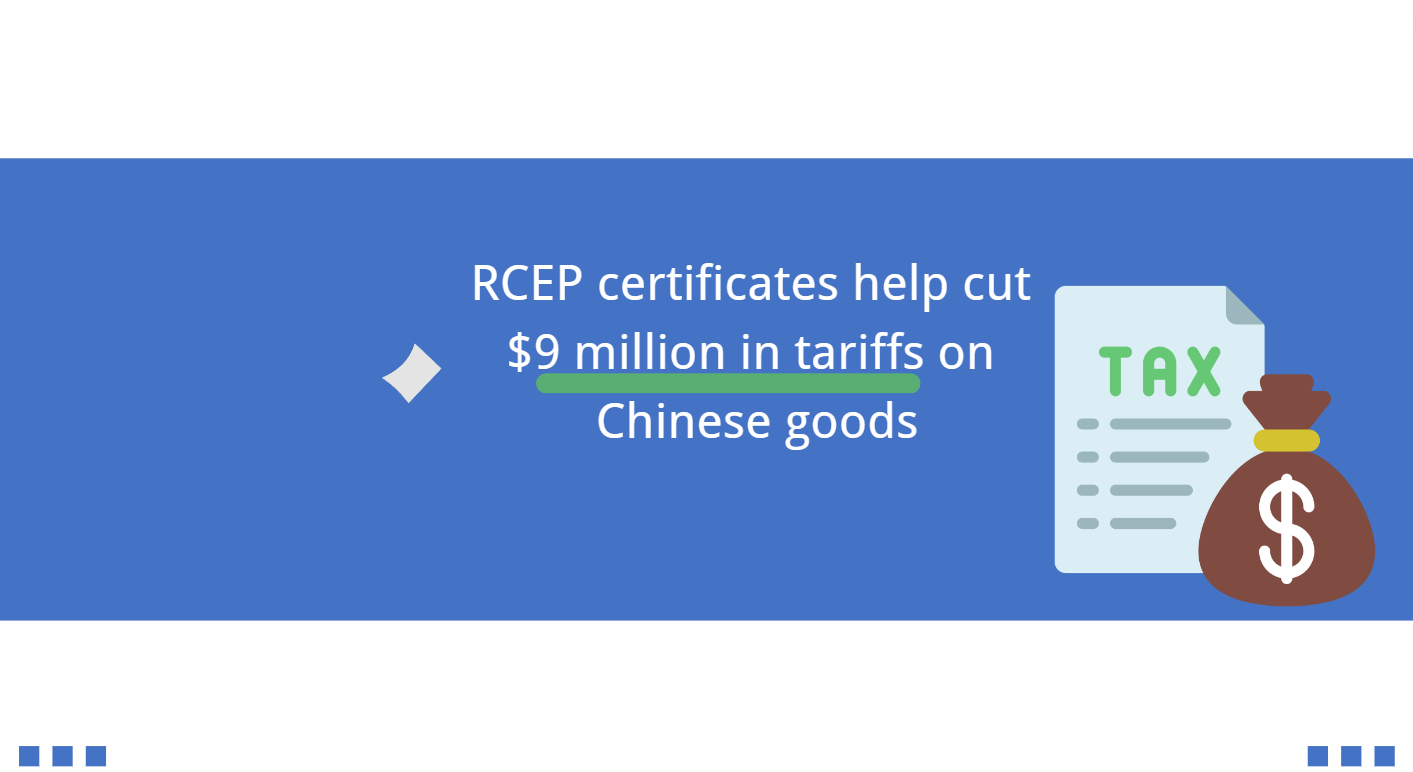Haruhiko Kuroda: Toward achieving the price stability target in a sustainable and stable manner, accompanied by wage increases
Introduction
It is a great honor to have this opportunity to address such a distinguished gathering of business leaders in Japan today.
The year is almost coming to a close. Looking back on 2022, domestic and overseas economies have been hit by various shocks, while the impact of the novel coronavirus (COVID-19) has persisted.In addition to this, factors such as supply-side constraints, including difficulties in procuring parts that have arisen during the course of recovery from the pandemic, have caused goods prices to rise worldwide. Moreover, labor market conditions have tightened substantially, mainly because demand, which had been suppressed by the pandemic, has risen significantly during the course of economic recovery. These high commodity prices and tightening labor market conditions have intensified global inflationary pressure, and inflation rates, particularly in the United States and Europe, have risen to levels not seen in four decades (Chart 1).
In order to prevent high inflation from becoming entrenched, central banks in the United States and Europe have raised policy interest rates rapidly. While the effects of monetary tightening feed through to economic activity and prices with a certain time lag, the International Monetary Fund (IMF) and other international organizations have forecast that inflation rates in the United States and Europe will fall next year. However, they have also projected that the growth rates for these economies will fall significantly due to the effects of monetary tightening, and that some economies will see negative growth. Unemployment rates are expected to rise in line with an easing of labor market conditions.
Federal Reserve Chair Jerome Powell stated that this situation "will also bring some pain to households and businesses. These are the unfortunate costs of reducing inflation. But a failure to restore price stability would mean far greater pain." Central banks in Europe have shown clear commitments to calming inflation while accepting the risk of there being some adverse economic effects. In sum, overseas economies are likely to remain subject to extremely high uncertainties next year. Japan, on the other hand, is expected to continue to see relatively stable economic growth. This is largely due to the difference in the timing of the economic resumption from the pandemic and to the fact that, unlike in the United States and Europe, accommodative financial conditions have been maintained in Japan. Moreover, while unemployment rates are likely to rise in the United States and Europe, it is expected that the rate will fall further in Japan and that labor market conditions will tighten.




















































First, please LoginComment After ~